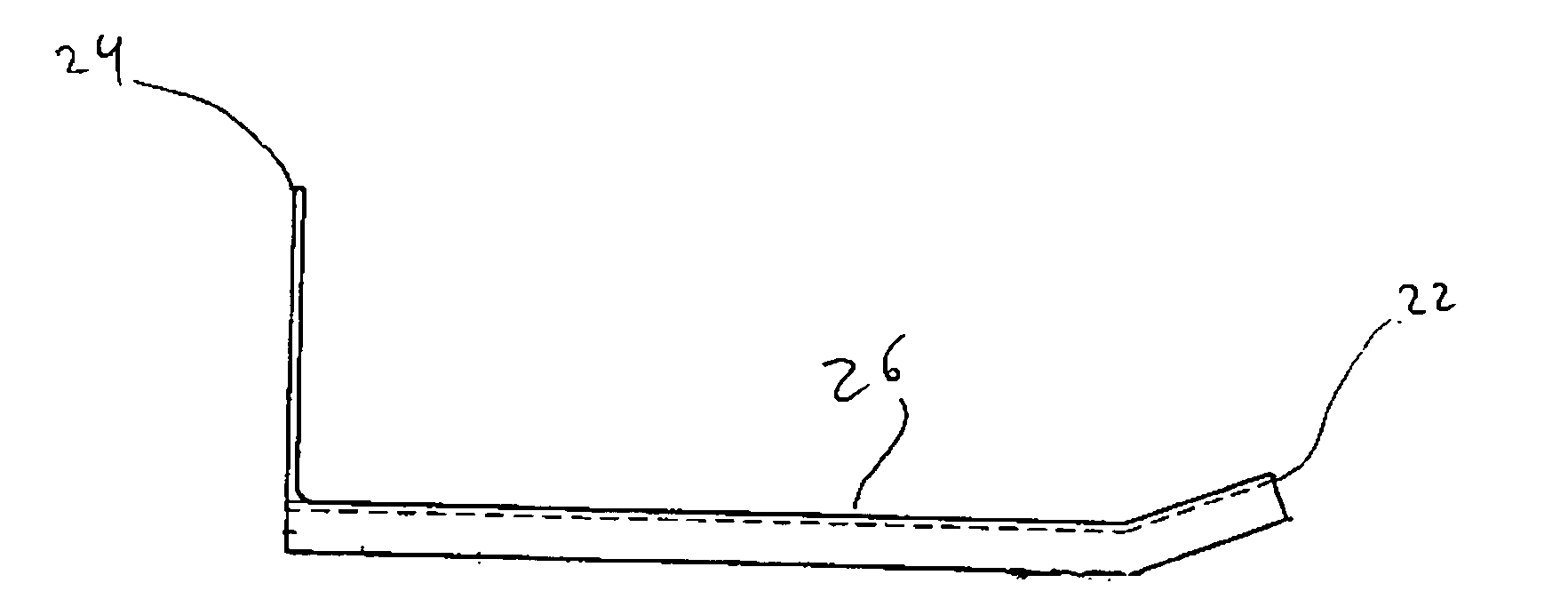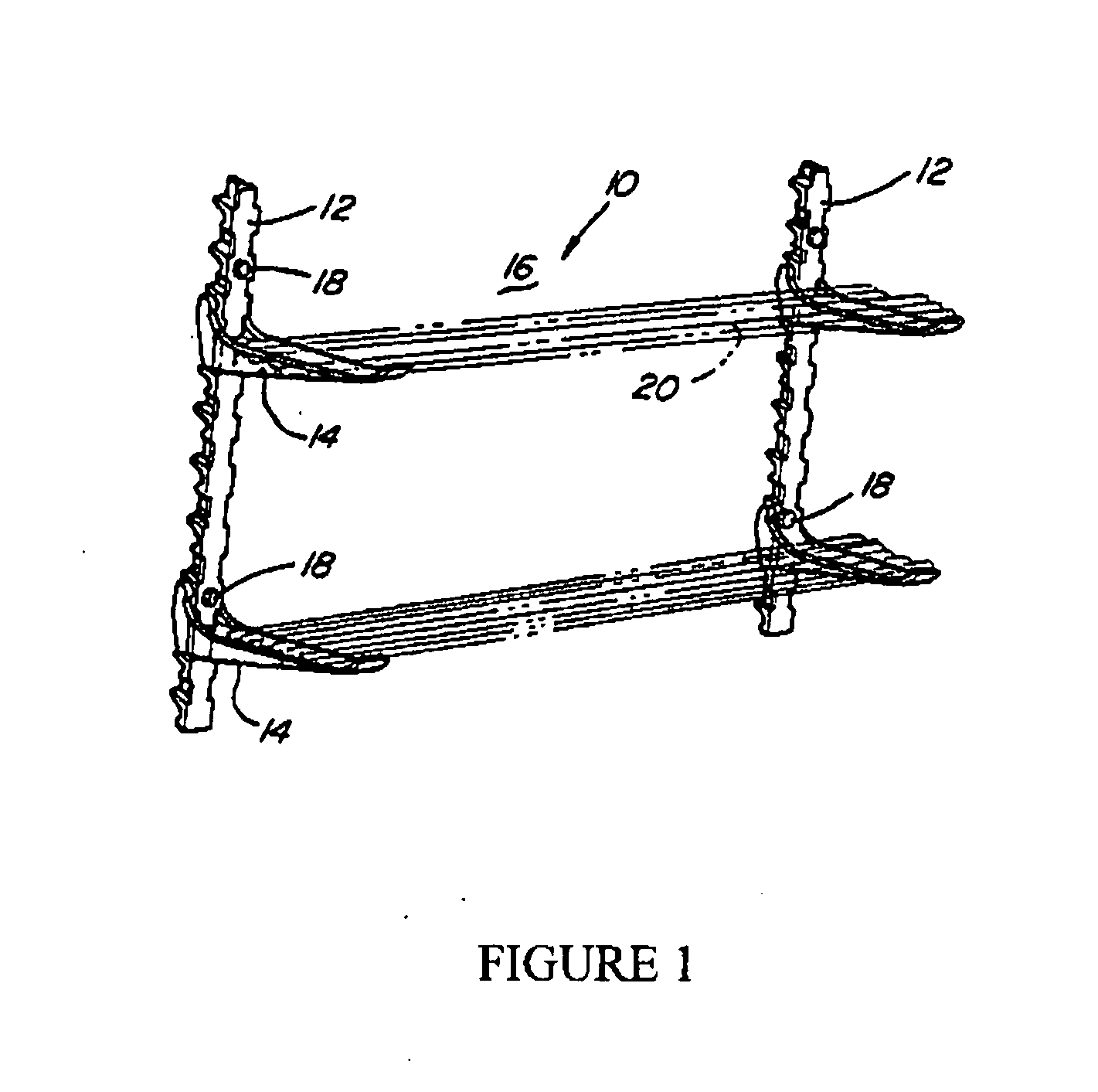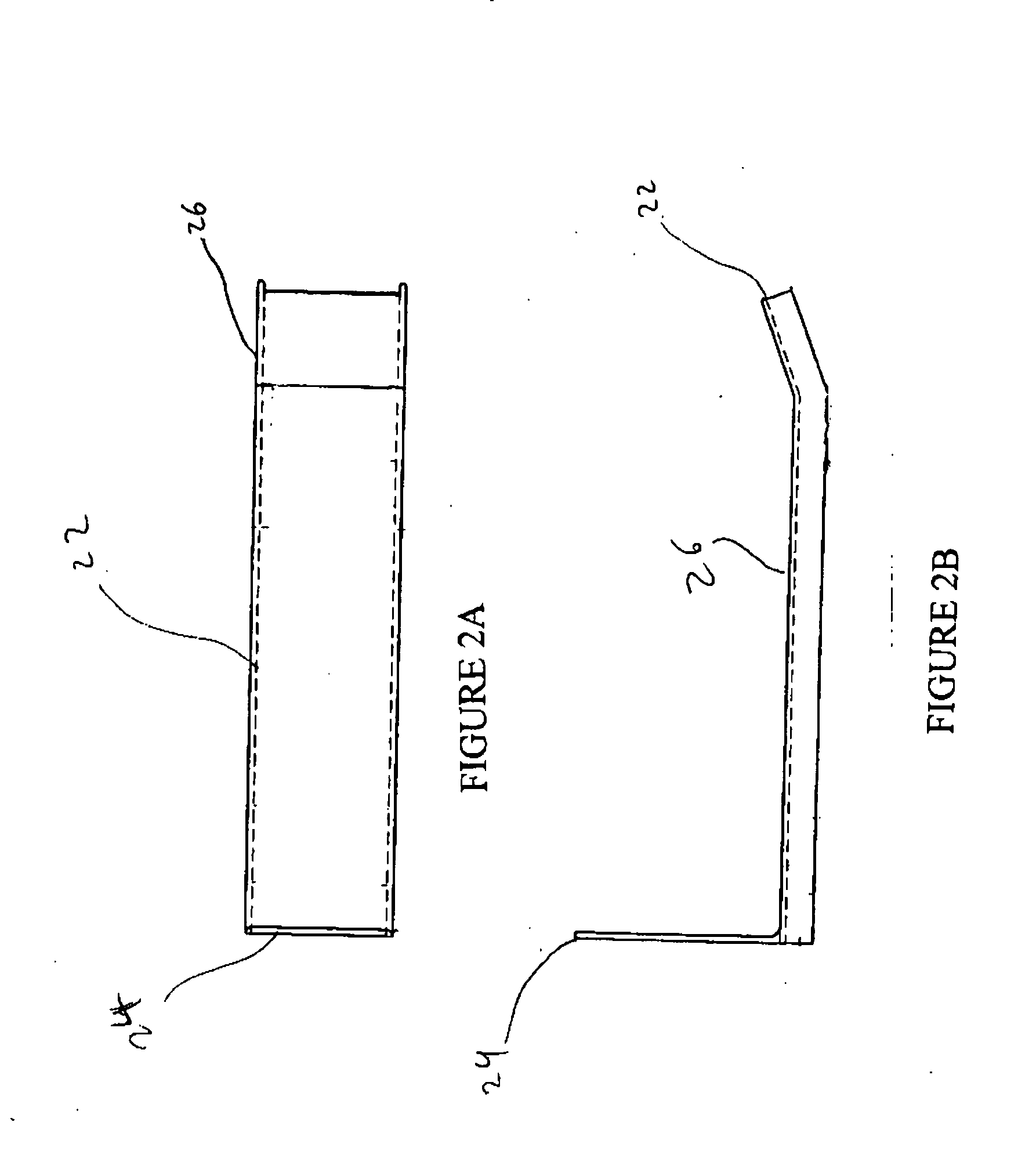It is preferred in the art that the cables are installed in underground locations as the cables are often considered unsightly and can be dangerous if humans interfere with the cables.
Further, one of ordinary skill in the art can easily recognize that such cables incur damage when installed in above-ground locations such as attached to common telephone / electrical poles or other like through structures due to the influences of environmental changes, primarily climatic fluctuation.
While it is desirable to install cables underground to protect the cables from human interference and to protect humans from interaction with the cables as well as other common above-ground hazards, the underground location does not prevent all problems.
In addition, underground
vermin typically destroy cable components, including insulation required to protect the cables and the electrical conduits.
Vermin are especially destructive to cable runs and assemblies if the runs and assemblies are positioned at points in close proximity to the ground or easily accessible from the ground.
As a result, underground utility lines in typical installations generally require extra insulation due to the harsh underground environment.
In addition, the racks must be constructed of sufficiently strong material to withstand considerable vibration as the cable runs are frequently strung through passages beneath vehicular roadways,
train thruways, or other points subject to heavy vibration.
These
voltage levels of varying voltages are extremely dangerous to workers.
However, existing systems provide insulation by using expensive, impractical systems and methods.
First, the systems are expensive to manufacture, install, and replace.
Second, the systems are ineffective in providing adequate strength to support heavy cables and are ineffective in providing adequate protection to workers as they often fail to properly adhere to existing cable rack systems, become unraveled, or deteriorate over time.
Finally, these systems fail to provide an adequate apparatus and method for
retrofitting existing systems and are only useful in new cable run assemblies.
In addition, wrapping tape around a support rack interferes with the support and load-balancing properties with which support racks are designed.
The tape is also subject to the
wear and tear associated with the underground conditions and often
tears, unravels, or is otherwise rendered ineffective.
Further, installing wrapping tape in the field requires extensive manual labor which is often expensive and subject to irregular application in the
confined space of an underground cable installation such as a cable vault.
Stray voltage occurs when electrical wires accidentally come in contact with exposed conductive parts like vault gratings which may cause injuries and fatalities to members of the public.
There are, however, disadvantages associated with this solution.
First, the potential for failure of such a system to operate due to malfunction or
corrosion-related damage is a prominent problem in the field.
In addition, the material and labor costs associated with procuring and implementing the installation of such a grounding mechanism for each existing support rack is generally prohibitive.
Further, the application of this type of grounding mechanism yields an added step during the installation in the field which may be difficult and impractical for certain installations depending on particular environmental or structural characteristics.
In addition, it is likely that overtime, stray currents may follow alternate paths with less resistance should such paths become available.
Finally, one of ordinary skill in the art will readily recognize that since the rack / stanchion are already grounded (i.e., the rack and stanchion combination are bolted into the wall of the vault), this application fails to prevent a fault between the cable and the ground.
One
disadvantage of the system disclosed by Wolfbauer is the replacement of a steel product with a plastic product, thereby sacrificing quality and durability.
Due to the extended lengths of cable runs and the heavy installation and material components of cables or cable conduits, plastic-based rack systems are subject to strength deficiencies and may also be subject to sudden calamitous failure.
Further, due to the intense vibration associated with underground installations located below vehicular roadways, plastics and related materials are not of sufficient strange to provide long-term support for cables and cable conduits.
Also, as with other solutions, due to the additional materials and labor costs associated with installation installing non-conductive support racks is an untenable solution.
Further, in certain instances,
field conditions may require a malleable construction rather than a plastic construction which if bent may quickly shear at a particular
stress point resulting in product failure and increased labor and material costs.
It is also apparent in the art that rack systems of this nature that are primarily plastic, fiberglass, or some combination thereof, are often expensive to manufacture and install and as a result are cost-prohibitive in the art.
It is evident that a porcelain cover is non-conductive but several disadvantages of this application are evident.
For example, one
disadvantage of this potential solution is the fragile nature of porcelain, which can crack under the heavy loads carried by support racks.
Further, porcelain construction is often expensive.
In addition, similar to the previous solution, a porcelain covered product is susceptible to shearing in the field should
field conditions require any manipulation of the device.
 Login to View More
Login to View More  Login to View More
Login to View More 


